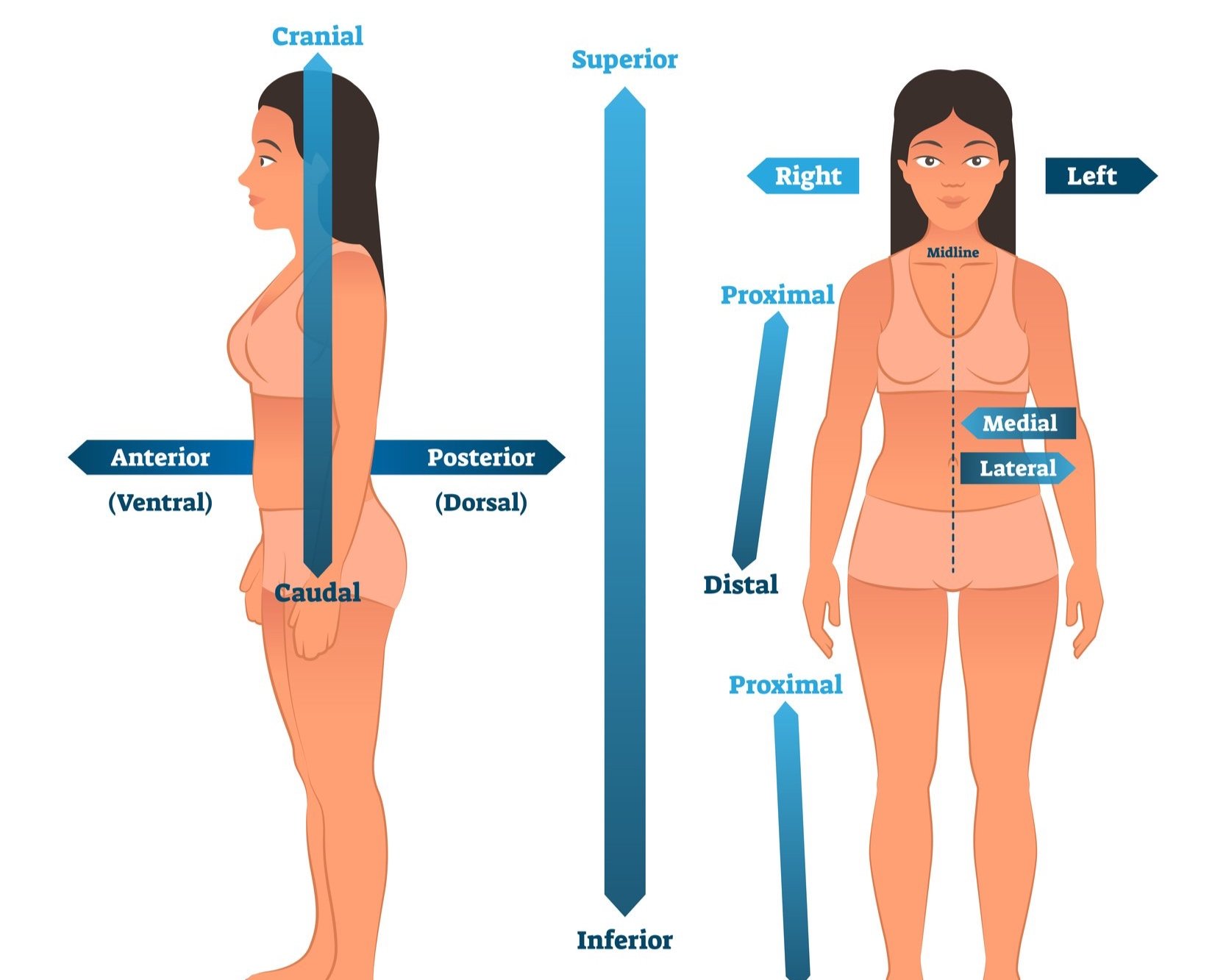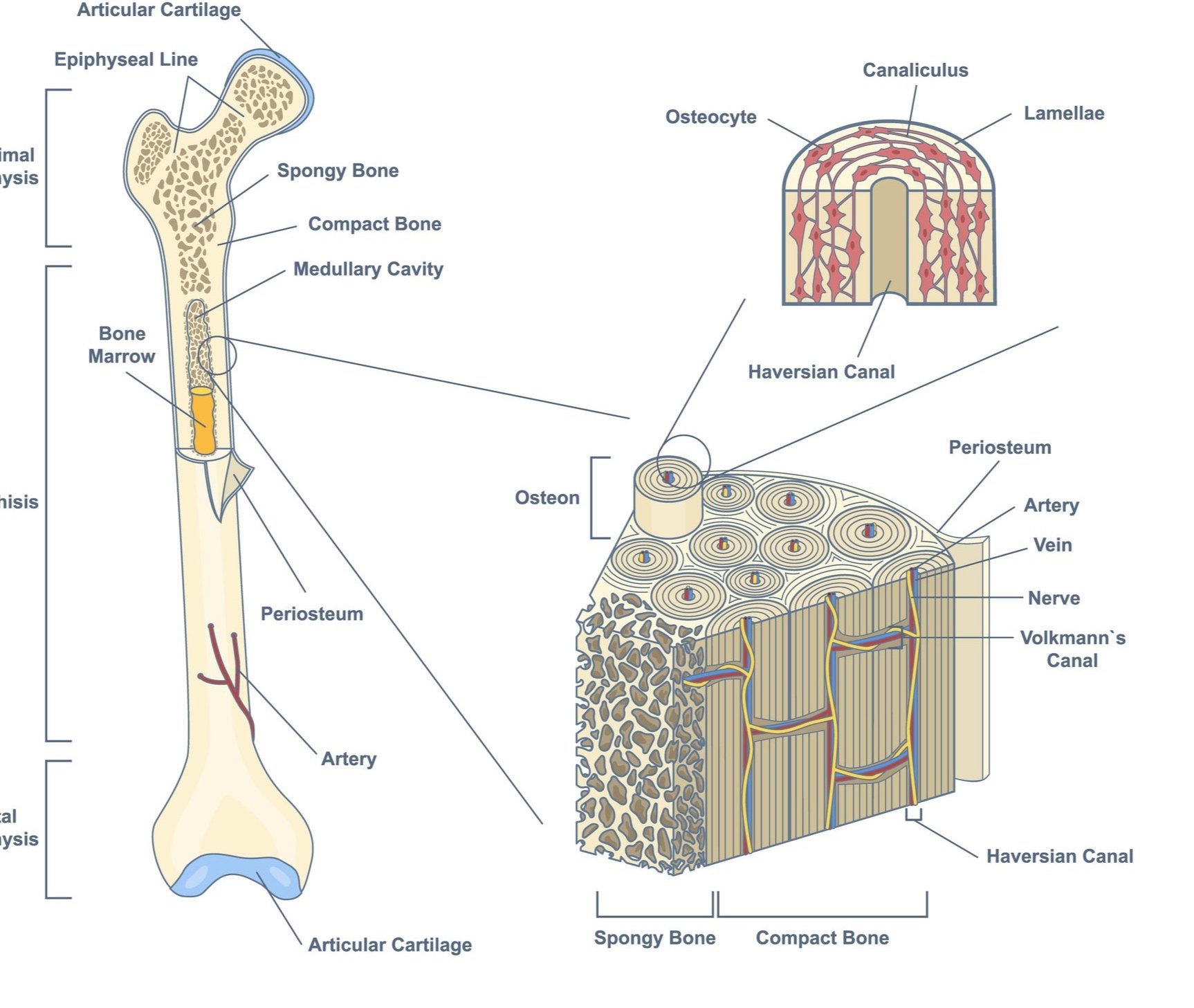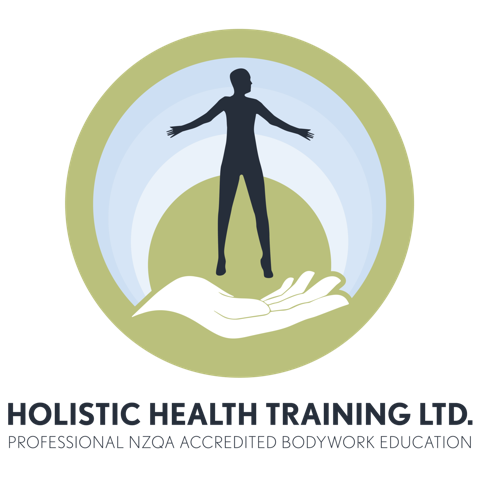NZQA Level 5 Anatomy and Physiology
Applied Human Anatomy and Physiology for Holistic Bodyworkers.
A Holistic Health Training Distance Learning Course with 50 Credits at level 5.
FAQs
Click below to fill out an expression of interest form.
-
It is important for massage therapists to study anatomy and physiology because it allows them to understand the structure and function of the human body. By having knowledge of anatomy, they can identify muscles, bones, and other structures, which helps in providing effective massages and avoiding injuries. Understanding physiology enables them to know how different body systems work and how massage therapy can positively impact a client's health. Overall, a solid foundation in anatomy and physiology enhances a therapist's ability to provide safe, effective, and customized treatments to their clients.
-
This accessible online course takes you on a wonderful journey through the human body from the perspective of a holistic body worker. You do not need any previous experience in the area to begin study.
The course has been especially designed to enable people who have been out of study for a while and are nervous about picking up those books again.
There are audio and video resources to support and enhance your learning, and to aid those who have busy lives and struggle to find the time to study. That means you can even be studying whilst taking the kids to sports practice!
-
The course is broken down into 11 modules and can be done at your own pace.
The modules can be downloaded from out website and worked through with an open book assignment at the end of each one. There is a final open book exam once all the modules have been completed.
-
The total cost of the course is $1050, this can be paid in one of two ways:
$150 registration fee; then three instalments of $300 on Module One, Five and Eight.
$150 registration fee then $900 payment for all modules.
-
On competition of the course, you will achieve 50 credits at NZQA Level 5. And permission to celebrate!
Click below to register for the course and pay the $150 registration fee
Course Content
-
Module 1
Reference Anatomy; Tems of Movement; Organisation and Homeostasis.

-
Module 2
Cells and Tissues

-
Module 3
Organs and Organ Systems

-
Module 4
Bones and Joints, Structure and Function

-
Module 5
Muscles, The Little Picture, and Big Picture

-
Module 6
The Upper Limb

-
Module 7
The Lower Limb

-
Module 8
The Spine, and the structures of the ventral and dorsal abdominal walls.

-
Module 9
The Skull; its composition and its contents.

-
Module 10
The Special Senses, and muscles of the face and neck.

-
Module 11
Common Medical Presentations and Potential Contraindiaions for Bodywork.

-
Register For the Course


